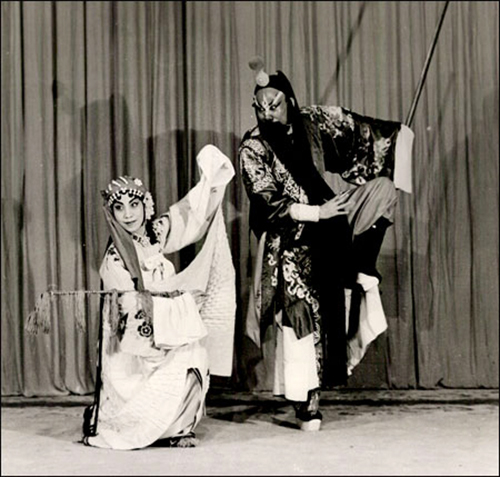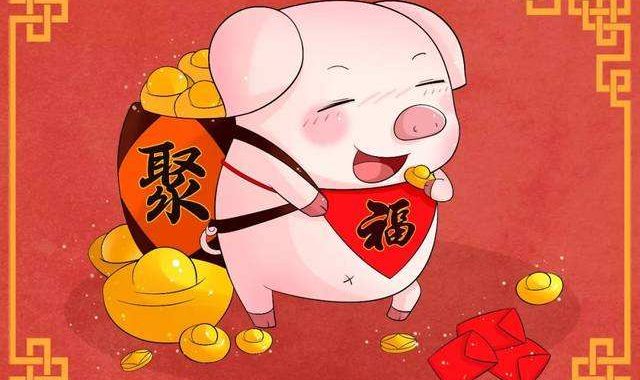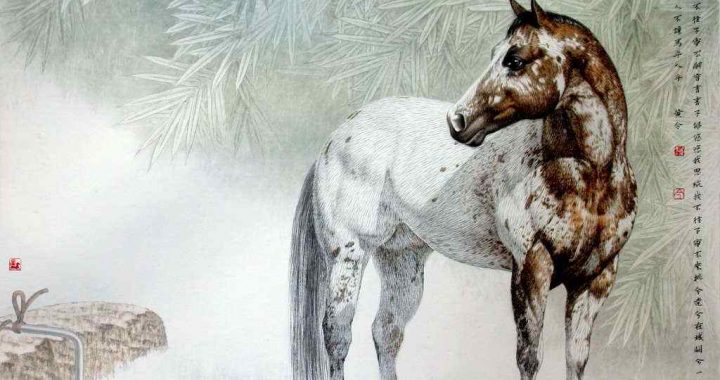Marriages Between 1961 and 1976
3 min readIn the 1960s,what exerted the greatest impact on Chinese marriage standard was the extreme leftism arising in the political movement.From1961,family background became a very important factor to decide whetherone could be employed by enterprises or government offices,recruited to serve in the army,admitted into a high school or college,or promoted to ahigher position.It went to such an extreme that family background and political identity ridiculously became what had to be taken into account before young people loved someone.By the beginning of the ten-year Cultural Revolution in 1966,the leftism had gone so far that young people with an antirevolutionary background or even with relatives abroad found it very difficult to encounter their mates even though they had advantages in other ways.

Girls were subiected to severe political examination before they could marry officers in the armed forces or the public security bureaus.This practice was followed by organizations concerning national defense and security,and even by post offices.
By early 1960s,people began to pay more attention to education.
Considering the importance knowledge in communication of ideas and children education,men began to take their future wives’cultural level as one of the conditions.
Advantages of working in state-run enterprises had not been apparent.
As more and more small street-commission-run factories arose,the big state-run enterprises became advantageous for their unmatched scales.
Street-commission-run factories were collectively owned and generally the workers got a lower pay and worse welfare than those in the state-run.So young men who worked in the state-run were more popular among girls.
Political and social environment exerts a great impact on people’s marriage standards.From the beginning of 1960s,teachers’social and economic status began to decline. In the countryside, primary school teachers got less pay than an ordinary shop assistant or a factory laborer. The slogans”Proletariats lead all”could been seen everywhere. Many teaching girls, especialy those in the primary schools, chose to marry laborers much lower than themselves in terms of education. In the metaphase of the Cultural Revolution, many propaganda teams consisting of laborers were stationed in high schools, colleges and universities. Under the leadership of the laborers, many young female teachers chose to be their wives.

In this period young people of the suppressed generally had a miserable experience of marriage. Knowing the extreme importance of the political status, girls had to marry and live with men with whom they could hardly communicate ideas. Some chose to be singles all life to avoid the imagina-ble bad result. Very few went against the tide to marry politically unwelcome men.
During Cultural Revolution starting from 1966, more than ten million educated youth from towns and cities were sent to the countryside to aid the farmers. The marriages of this farge”tribe”formed a unique scene. The marriages of the youth can be divided into three types. The first type accounts for a large proportion that fell in love among the youth themselves.
The second type is those who directly sought their mates among those in town. The third type includes those who got married with the local farmers.
By early 1970s, youth in towns and cities began to giie attention to life enjoyment. Good furniture could be seen being made in the residential quarters, dormitories, company offices and school gardens. At the same time, as the Cultural Revolution fundamentally destroyed the traditional moralities, some youth started to seek a family life with restrictions and burdens from their parents.
During the late period of the Revolution, senior high school education was popularized in towns and cities. Overall life had been improved. But at the same time prices had risen to a high level. Men as traditional breadwinners encountered a challenge. So young men tended to choose working girls to be their wives. Whether a girl had a job was put on the top by their
seekers.Other qualities considered by young men include education,blandness,consideration,capability,and motherliness.
From the second half of 1960s,as a result of high birth rate in the pre-,vious decade,people in cities generally sensed the inadequacy of residence.So,in big cities such as Shanghai,Beijing,Guangzhou,Chongqing,Chengdu and Wuhan,girls started to take housing conditions into consideration in picking their mates.









